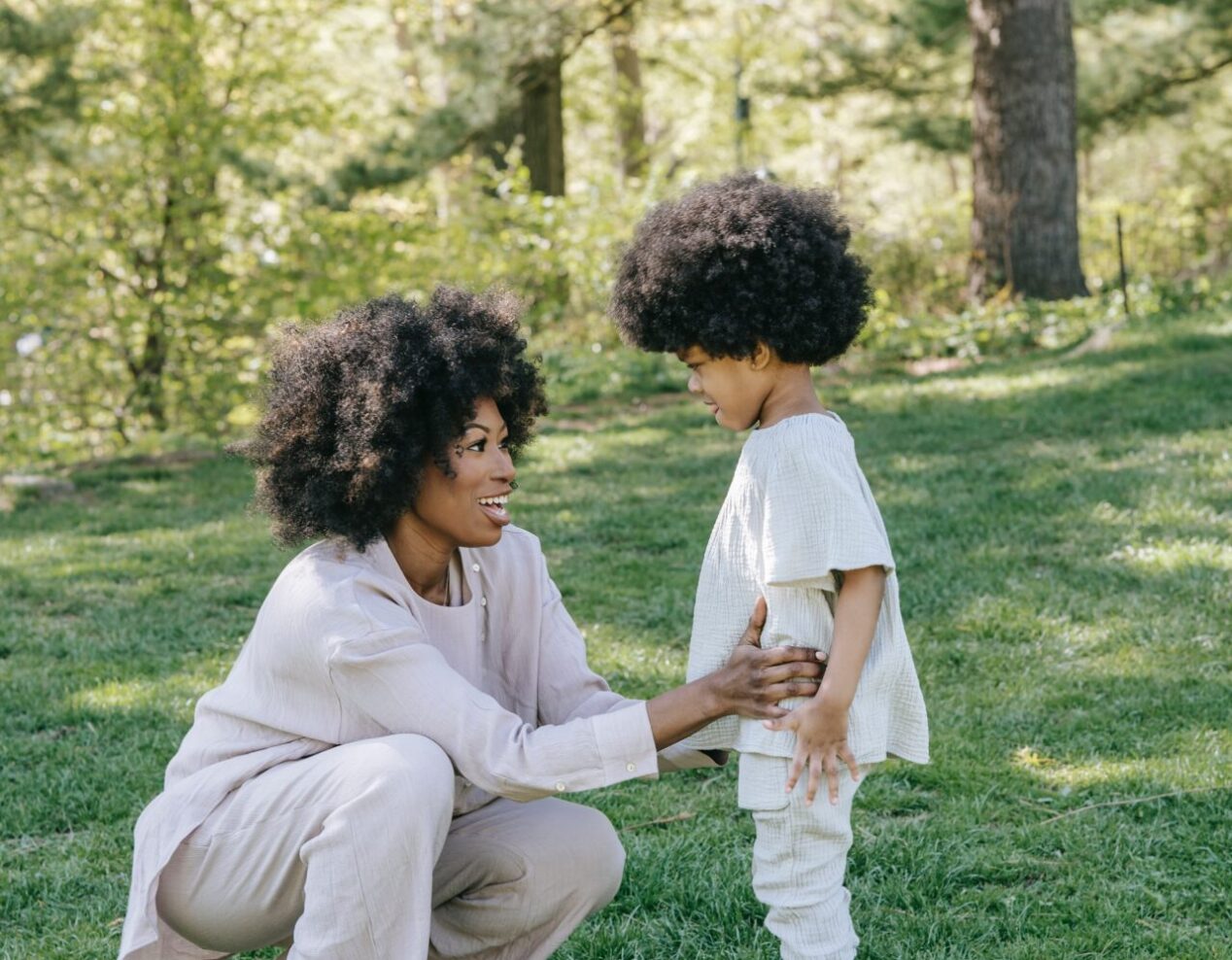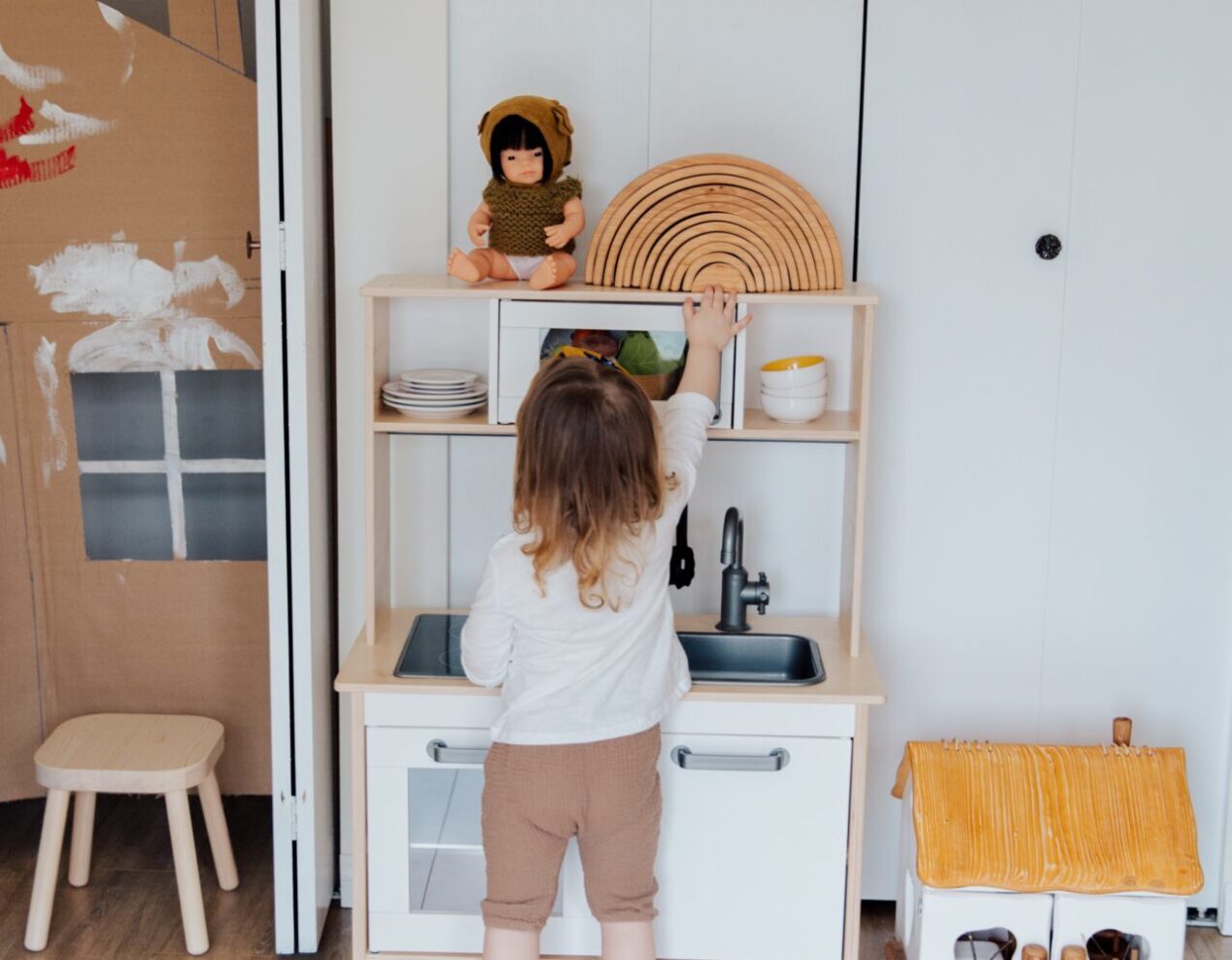Quarreling between siblings

It’s not easy to keep the peace. Howtotalk’s founder, Heleen, knows that better than anyone.
“If you’ve said it, I’ve tried it. I was always finding myself yelling things like, ‘Stop it! Just stop it already!‘ or, ‘Who started it?‘ I later discovered that saying that only made things worse.”
“If my child did not want to share with their siblings, I would say: ‘You should be ashamed of yourself. You have so many toys! Don’t be selfish.'”
“I’ve played the victim; ‘ Ugh, here we go again. Can’t I ever just watch TV in peace?’ and took sides, even when it always came back to bite me; ‘You always take her side!'”
“Even though some of what I said got them to stop arguing, I didn’t fix the issue. All I did was put a lid on a pan that was still bubbling away, ready to boil over at any minute. Another day would pass and they’d start fighting all over again.”
“I knew I needed to change my approach, so I did my research.”
To begin with: why do children argue?
Children argue because they want to defend their possessions and territory. ‘That’s my doll, I want to play with it by myself.’ This primal instinct not only surfaces over their belongings or personal space, but also when it comes to parental attention.
If a child is frustrated, angry with themselves or someone else, they often need an outlet. For them, there’s no better outlet than a sibling.
When should you intervene, and how?
The moment you intervene depends on the ‘stage’, or in this case, the ‘level’ of the argument. You have three levels:
1. Bickering
2. Heated bickering
3. Heated fight (things have escalated)
At Level 1 there’s no need to intervene. Children must learn to deal with others disagreeing with them. Arguments help children learn their own and other’s boundaries. Family is the best place to start – especially with siblings. Let them sort it out.
Is the bickering becoming too disruptive? At Level 2, step in to help your children resolve the issue. However, they have to come up with the solution themselves. You’re simply there to guide them.
Step 1. Acknowledge their feelings. Show them that you empathize. “Romeo, you’re upset that Jolyne’s playing with your car. Sometimes you really don’t want to share your toys.” “Jolyne, you’re angry because Romeo wants to play with the car. That’s frustrating when you were having fun playing on your own.”
Step 2. Voice each child’s POV. Do this without judgment. “Romeo, you want your car back because it’s yours. Jolyne, you like the car as well and want to play with it.”
Step 3. Talk about the problem carefully. “Sometimes, you both want something but can’t have it at the same time. Like now with the car. You’re mad at each other because you both want to play with it.”
Step 4. Express your confidence in them. “I’m sure you can find a solution together that works for both of you.”
Step 5. Do something else. Leave the room, but keep an eye on things. If needed, say: “My ears open to solutions.”
Are they still unable to come up with a solution? Start brainstorming together. Don’t raise the solution right away.
If the solution seems unfair to one of them, don’t intervene immediately. Let that child stand up for themselves.
At Level 3, intervene. Set clear boundaries and give your kids a place to cool off. Come together later to retry Step 2 when everyone feels calmer.
It might seem complicated, but once you get the hang of it you’ll see just how much of a difference it makes.
“I also felt a bit uncomfortable when I first tried this out. But, after a bit of practice, it started becoming automatic. Once it’s in your system, your children pick it up too. Just like learning a language, learning social skills is easy for children.” – Heleen de Hertog



